Bridging timescales to predict protein-ligand binding kinetics
-
Date:
July 12
-
Speaker:
Rebecca Wade (Heidelberg Institute for Theoretical Studies, Germany)
-
Time:
11:55 - 12:30
-
Rebecca C. Wade1,2
1Molecular and Cellular Modeling Group, Heidelberg Institute for Theoretical Studies (HITS), Schloss-Wolfsbrunnenweg 35, 69118 Heidelberg, Germany 2Zentrum für Molekulare Biologie (ZMBH), DKFZ-ZMBH Alliance and Interdisciplinary Center for Scientific Computing (IWR), Heidelberg University, GermanyThe rates at which molecules associate and dissociate are important determinants of biological function. Growing evidence that the efficacy of a drug can be correlated to target binding kinetics has led to the development of many new methods for computing rate constants for receptor-ligand binding processes [1,2], see also kbbox.h-its.org. These methods aim at overcoming the gap of many orders of magnitude between the times accessible to conventional molecular dynamics simulations and the much slower drug-target binding kinetics. Here, I will describe our recent studies to develop computationally efficient methods to estimate protein-ligand binding kinetic parameters [3-8].
[1] Bruce NJ, Ganotra GK, Kokh DB, Sadiq SK, Wade RC. New approaches for computing ligand-receptor binding kinetics. Curr Opin Struct Biol. 2018, 49: 1-10.
[2] Nunes-Alves A, Kokh DB, Wade RC. Recent progress in molecular simulation methods for drug binding kinetics Curr Opin Struct Biol. 2020, 64:126-133
[3] Kokh DB, Amaral M,……Wade RC. Estimation of drug-target residence times by t-random acceleration molecular dynamics simulations, J. Chem. Theory Comput. 2018, 14: 3859–3869.
[4] Kokh DB, Doser B, Richter S, Ormersbach F, Cheng X, Wade RC. A workflow for exploring ligand dissociation from a macromolecule: Efficient random acceleration molecular dynamics simulation and interaction fingerprint analysis of ligand trajectories J. Chem. Phys. 2020, 153: 125102.
[5] Kokh DB, Wade RC. G Protein-Coupled Receptor–Ligand Dissociation Rates and Mechanisms from τRAMD Simulations J. Chem. Theor. Comput. 2021, 17, 6610-6623.
[6] Bianciotto M, Paraskevi G, Kokh DB, Wade RC., Minoux H. Contact Map Fingerprints of Protein–Ligand Unbinding Trajectories Reveal Mechanisms Determining Residence Times Computed from Scaled Molecular Dynamics J. Chem. Theor. Comput., 2021, 17, 6522-6535.
[7] Nunes-Alves A, Ormersbach F, Wade RC. Prediction of the Drug–Target Binding Kinetics for Flexible Proteins by Comparative Binding Energy Analysis, J. Chem. Inf. Model., 2021, 61, 3708-3721.
[8] Sadiq SK, Muñiz Chicharro A, Friedrich P, Wade RC, Multiscale Approach for Computing Gated Ligand Binding from Molecular Dynamics and Brownian Dynamics Simulations J. Chem. Theor. Comput., 2021, 17, 7912-7929

